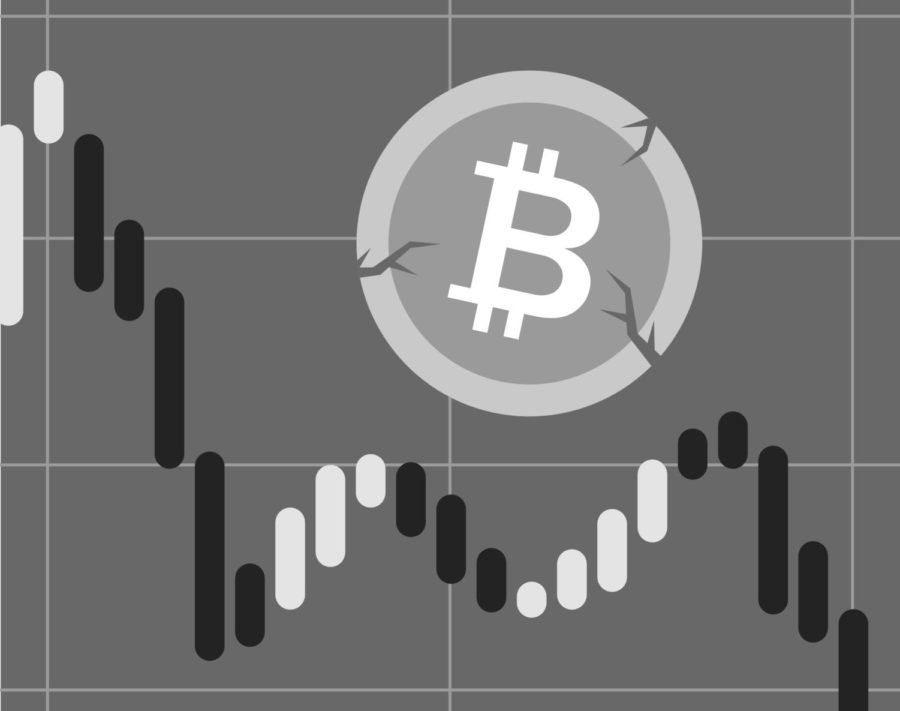Slow recovery following FTX collapse
February 24, 2023
How did we get here? Cryptocurrency pioneers saw an opportunity for assets that would be out of reach from the banking sector. In his love letter to crypto, creator Satoshi Nakamoto depicts Bitcoin as a trusted currency that would not be subject to the faulty decision-making of banks and financial institutions who had taken advantage of their vast access to credit in the past, and exacerbated boom and bust cycles.
However, trust in cryptocurrency is hanging on by a thread after the FTX collapse in late 2022. As we are still trying to repay FTX customers months later, it is important to consider whether that thread has been permanently severed or if it can be built up again.
The New York Times reports that around $8 billion was lost from the FTX bankruptcy — $400 million has been found at JPMorgan Chase through FTX co-founder Sam Bankman-Fried’s investment in Modulo Capital and negotiations for the return of that money is underway.
Additionally, they cite billions tied up in customer accounts and companies. The New York Times notes that assets bought using customers’ FTX funds have been seized, and that funds Bankman-Fried had given to politicians are actively being sought after. The rebound from this collapse is only beginning as money is meticulously detangled from the web of faulty transactions undertaken by FTX. Where can we go from here?
If trust is supposed to be gained by freedom from banking institutions, then how will we regulate major crypto players going forward? BBC explained that Bankman-Fried stole billions of dollars from FTX customers for other investments and for financing within his other firm, Almeda. Banks are not the enemy here. Any institution or person in a position of power with trust from their customers can partake in questionable financing. Without adequate regulation, busts can occur in every corner of the financial universe.
The New Yorker looks at the recent collapse as a way to create stronger regulation for digital currencies moving forward. The world of crypto assets is new and leading up to the crash, there was no doubt lax regulation due to not knowing exactly what needed to be restricted or overseen. But after an analysis of what went wrong within FTX, regulators can take major strides. For example, The New Yorker describes FTX as largely off-the-books, with employees using auto-deleting communicative platforms and a hazy record of transactions. Similar firms should be required to keep an adequate record of transactions, and the S.E.C, along with other regulatory agents, should ensure that these firms are acting accordingly.
Critics of crypto assets question whether crypto is able to create any value-added for the economy. Particularly, Economics professors Tomás N. Rotta & Edemilson Paraná argue that because cryptocurrency requires indirect labor from the energy that powers mining software and computers rather than direct labor, there is no new wealth to be generated from crypto assets. Moreover, the money that appears to be generated is actually capital that has been stripped from other sectors of the economy.
In addition to the necessary strides in regulatory processes surrounding digital currencies, it is imperative that we consider how to restructure crypto into something that can generate capital and foster economic development for all people rather than a select few with the power and resources.






















